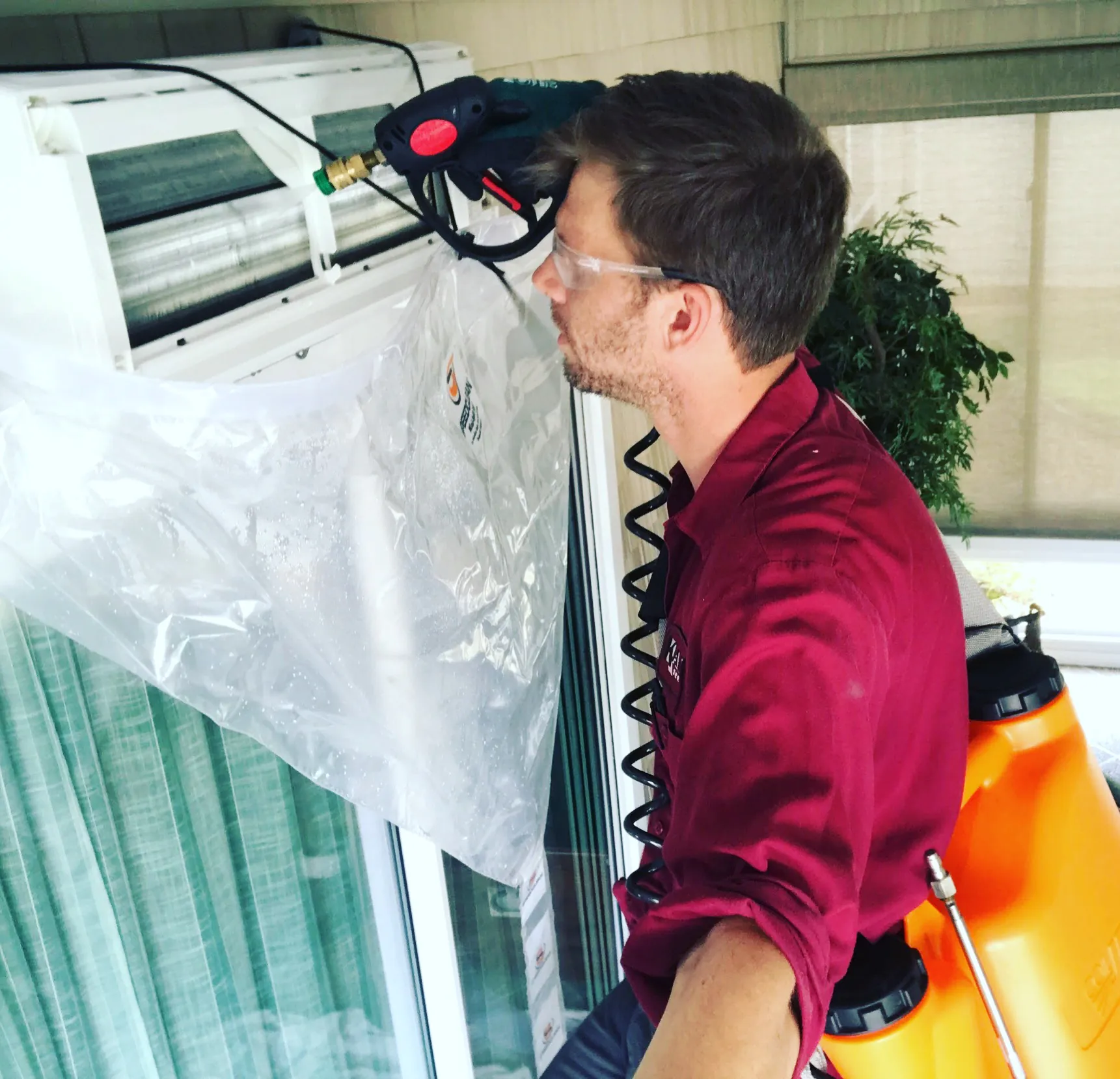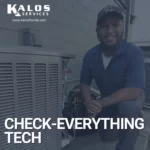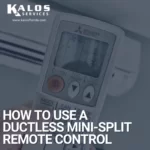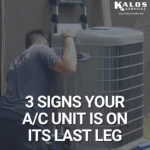Ductless mini-splits are popular A/C systems in many of the communities we serve. Many of those communities have sunrooms or lanais; a ductless mini-split is an attractive option because it can control the temperature in those small areas year-round. They're also less expensive to install and more energy-efficient than most traditional heat pumps. However, to get the most out of ductless mini-splits, you need to have a maintenance program in place.
These units are small, and the blower wheel and evaporator coils can gunk up quickly. In many cases, mini-splits are visible in the living space, so odors and dirt are more of a problem than if the units were tucked away. So, we recommend routine cleaning and maintenance for ductless mini-splits to keep them odor-free and in tip-top shape.
This article will describe what a mini-split maintenance procedure looks like at Kalos. We follow the best practices included in the “Mini-Split Maintenance Best Practices” guide on SpeedClean's website; Kalos president Bryan Orr wrote that initial guide.
WHY DO I NEED MAINTENANCE ON MY MINI-SPLIT?
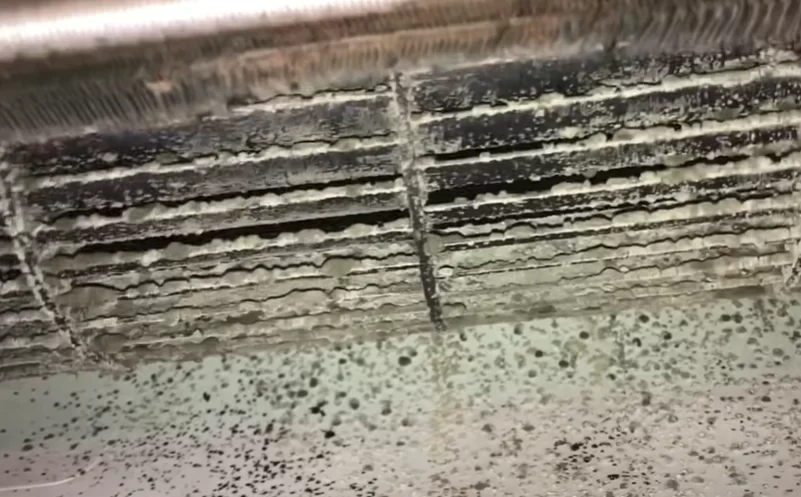
On any type of A/C unit, regular maintenance helps prevent underperformance, poor indoor air quality, and premature failure. However, the little mini-split requires special attention during maintenance due to its size. It may be tempting to say, “If it ain't broke, don't fix it.” However, that's an unwise approach to mini-split maintenance. When HVAC contractors don't have a chance to perform maintenance, small issues can spiral out of control quickly.
Since ductless mini-splits are so small, they don't hold a lot of refrigerant (also known as “Freon” or coolant). A small leak may not significantly affect a typical split system for a while. However, you'll be much more likely to notice a performance drop with even small leaks if you have a mini-split system. During a maintenance procedure, we'll check the charge of a mini-split and try to locate any leaks.
Mini-splits are also more likely to be in the living space. So, the sights and smells associated with dirty blower wheels are a much more significant comfort concern. In some cases, the blower wheel can even spit the dirt out of the unit and onto the surfaces below the unit. Not to mention, dirty blower wheels and filters reduce the air quality in your home.
With a good maintenance plan in place, you can expect better air quality, a more comfortable home, a more efficient HVAC system, and a longer-lasting unit.
WHAT TO EXPECT ON A MAINTENANCE CALL FOR A DUCTLESS MINI-SPLIT
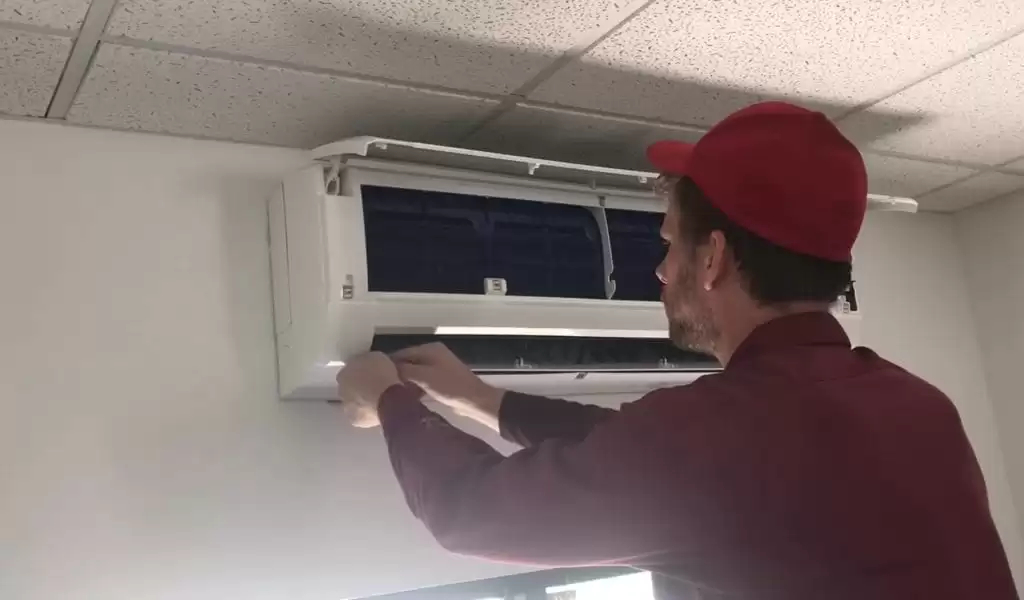
So, it's time to have your mini-split cleaned and maintained. You're probably wondering what the technicians will do inside your house when you schedule this type of procedure. So, what can you expect on the day of service?
Preliminary conversations
Our techs should call you to let you know when they are on their way and when you can expect them to arrive. When our techs arrive at your home, they will put shoe covers on, greet you, and discuss the scope of the plan. The scope of the plan includes the maintenance procedures they'll be doing and an approximate timetable of completion.
If you have noticed anything strange going on with your ductless mini-split, now is the time to let the technician know. The technician will inspect the system anyway, but they'll be extra diligent if you bring any concerns to their attention.
If any payment is due at the time of the service, the technician will also let you know and ask you how you would like to pay.
Preparing for the cleaning
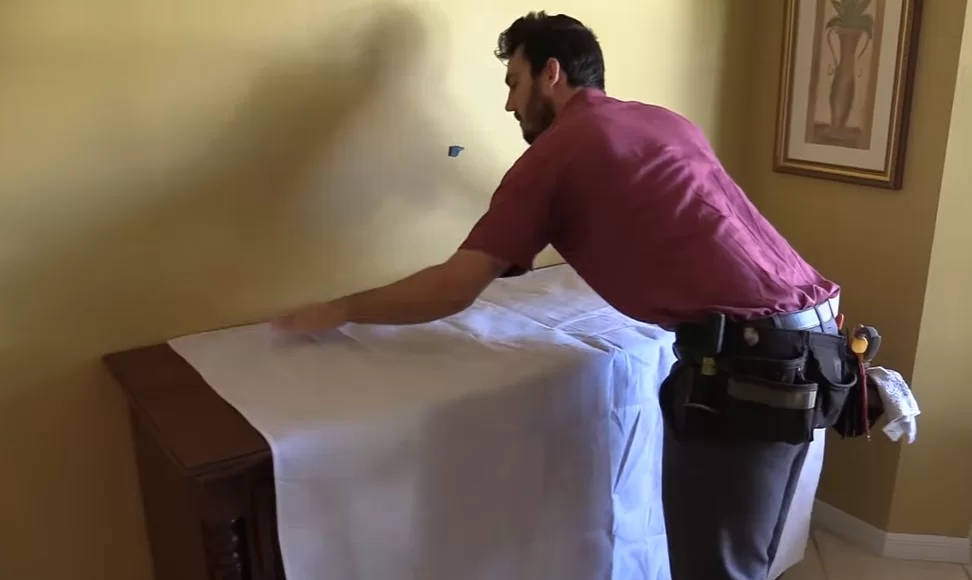
The technician will start by inspecting the entire system. They will run heat pumps in both heating and cooling modes to check for abnormalities in each operating mode. The technician will also check the coil's cleanliness, listen for noises, examine the tightness of electrical connections, and assess the line set location and insulation. If you notified the technician of any problems, they'll pay close attention to the potential causes of those problems.
Before cleaning, the technician will need to shut off the power to the mini-split. They should let you know before shutting off the power and may give you an estimate of how long the house will be without A/C. Once they have confirmed that the system is off, they will lay drop cloths down to protect the floors and surfaces below the unit. In many cases, they'll also connect a shop vacuum to the drain line to get standing water out of the drain.
Then, they will likely disassemble the unit. Some units may not need complete disassembly, but the filters will almost surely need to come out and be washed.
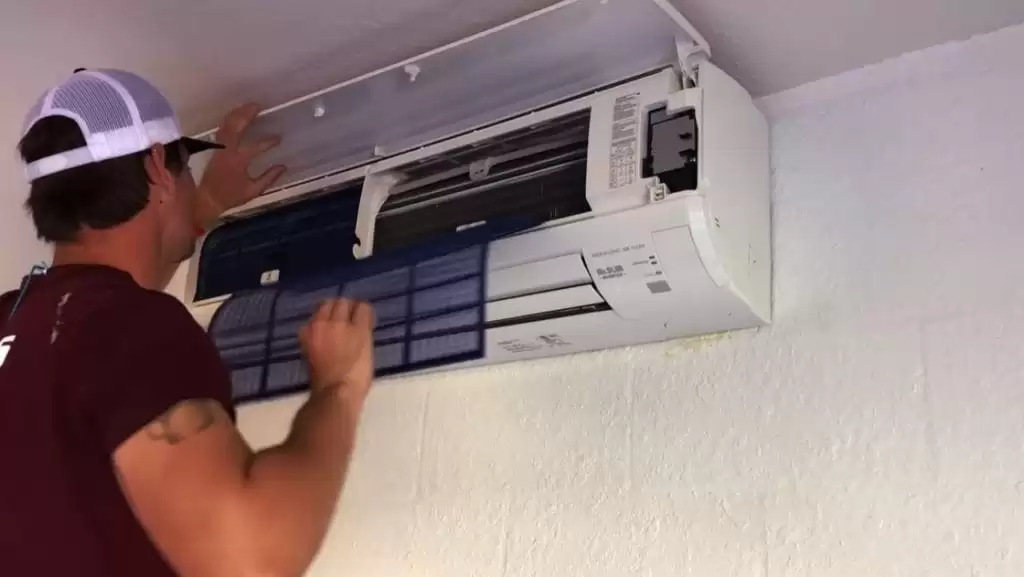
If needed, the technician will continue taking apart the unit by removing the vanes on the bottom. In some cases, the technician will remove the face of the unit and likely wash it outside if they deem it necessary.
Sometimes, the blower wheel will also need to come out. When it does need to be cleaned outside, the technician will release the drain pan and let it hang down from the system. (We train our techs to make sure there's no water in the drain that'll splash on anything.) Then, the technician can lift the coil and access the blower wheel; they will loosen a set screw and remove the blower wheel from the unit.
The actual cleaning
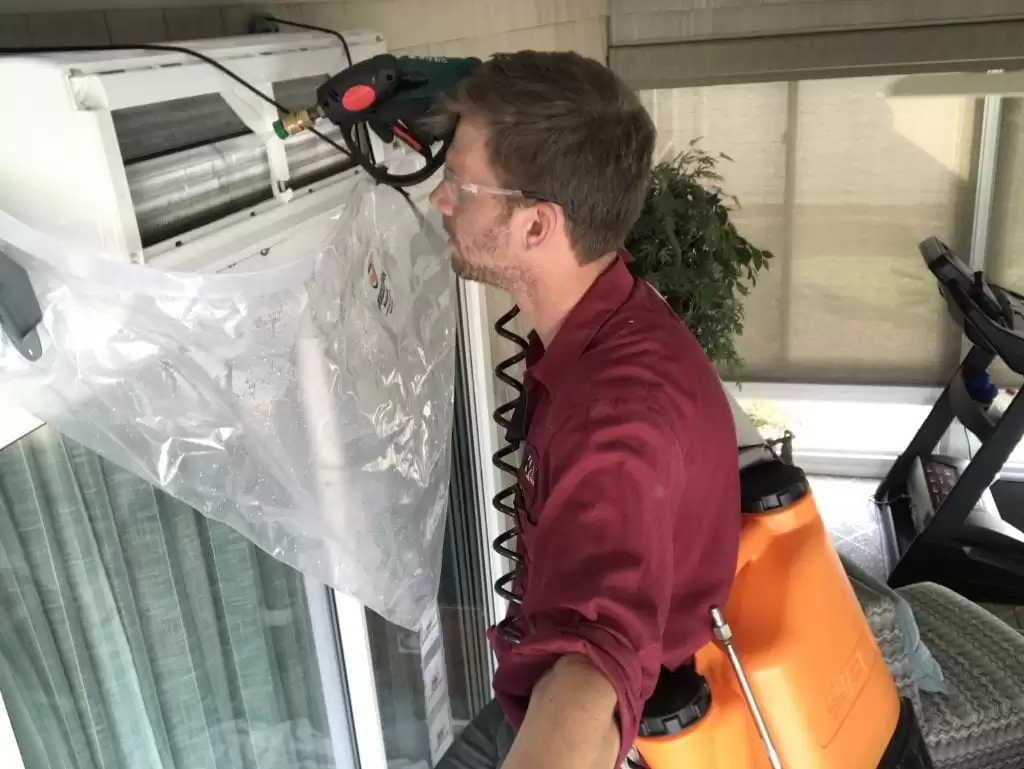
Regardless of how much the unit has been disassembled, the technician will usually wash the filters outdoors with the hose and give them ample time to dry. If other parts have been pulled and need to be cleaned outdoors, the technician will do the same. Clean water will suffice for most cleanings, but we sometimes need to add non-toxic enzyme-based cleaners to exceptionally dirty blower wheels. The outdoor coil also needs cleaning and upkeep, so the technician will go outside and rinse the outdoor unit. If you have a regular maintenance schedule, then the outdoor unit shouldn't get too dirty between maintenances.
Indoors, the technician will set up a bib, which is a large funnel-like bag that mounts to the unit and drains the water into a bucket below. Again, in many cases, the unit can be cleaned with just water. However, we may need to use non-toxic cleaners for exceptionally dirty systems.
The technician will give everything ample time to dry before reassembling the mini-split. They'll also wait to make sure that the unit itself is dry before running the unit. There may still be a little bit of moisture on the blower wheel when the unit first starts up, so the technician will likely keep the drop cloth and bib in place to prevent splashing and property damage.
Cleaning and maintaining the drain or condensate pump
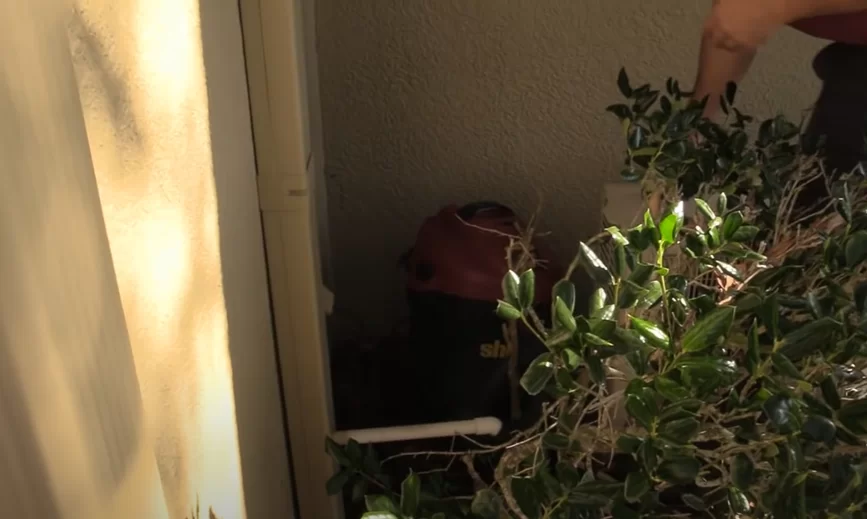
In many cases, the technician will clean the drain while reassembling the unit. If the shop vacuum is already attached, the technician can simply flush water through the drain. The technician can usually wipe the drain pan clean, but flushing water ensures that the drain line is clear.
Not all units will have condensate pumps. However, the ones that do will have a reservoir behind the indoor unit. The technician will pop off the top of the reservoir, clean it out, and disconnect the reservoir to clean the tubing. They will use a shop vac to clean out the tubing going to the drain pan like a normal drain line. They'll make sure that there aren't any patches of algae blocking screens, sensors, and other important parts.
In particularly stubborn drains or condensate pumps, the technician could potentially blow compressed air or nitrogen into the drain. However, flushing the drainage systems with water will often suffice.
Before the technician leaves, they will check to make sure that the unit is draining as it should. They'll also make sure that the drain is insulated and that it doesn't have any signs of damage or deformities.
CHECKING THE PERFORMANCE
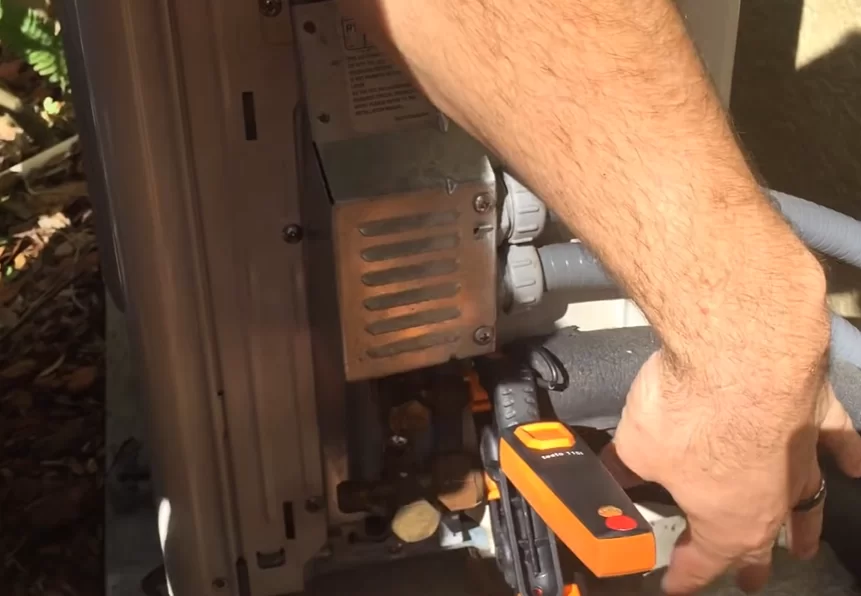
The technician should wait until AFTER the cleaning to check the performance. That way, a dirty filter or blower wheel won't be a potential cause of problems. The unit should run for about 15-20 minutes to give the components time to dry and equalize before the technician starts checking the performance.
Mini-splits don't contain much refrigerant, so our techs try to minimize losses; they typically use probes or temperature clamps rather than gauge manifolds whenever possible. Technicians will also check the electrical components with their meters; they will ensure that the voltage and amperage are all within an acceptable range. While the unit runs, the tech will also check line temperatures and airflow as well as listen for abnormal sounds.
In some cases, we pull the refrigerant charge out of the unit and weigh it if the line temperatures seem off. If there is enough refrigerant, we'll return it to the system. Sometimes, there will be too much refrigerant or too little; the technician may have to add or recover some refrigerant.
When the technician finishes, they'll clean up the job site and have a conversation with you to close out the call. If you have any questions for them or comments about how they could have served you better, you can bring those to their attention. Once the system is running and all the tools have been cleaned up, the technician will be on their merry way.
So, a lot happens maintenance calls for ductless mini-splits. The procedure may take up to a few hours, but it's necessary to keep your mini-split working at its best to keep your home healthy and comfortable. A good maintenance program is a key part of owning ductless mini-splits, and HVAC companies like Kalos can offer regular, thorough maintenance for your ductless mini-splits.
We also install mini-splits at Kalos Services; as a Mitsubishi Diamond Elite Contractor, we have access to top-notch manufacturer training and tech support. By getting installation and maintenance through us, you can be confident that you'll experience the very best that Kalos Services and Mitsubishi have to offer.

